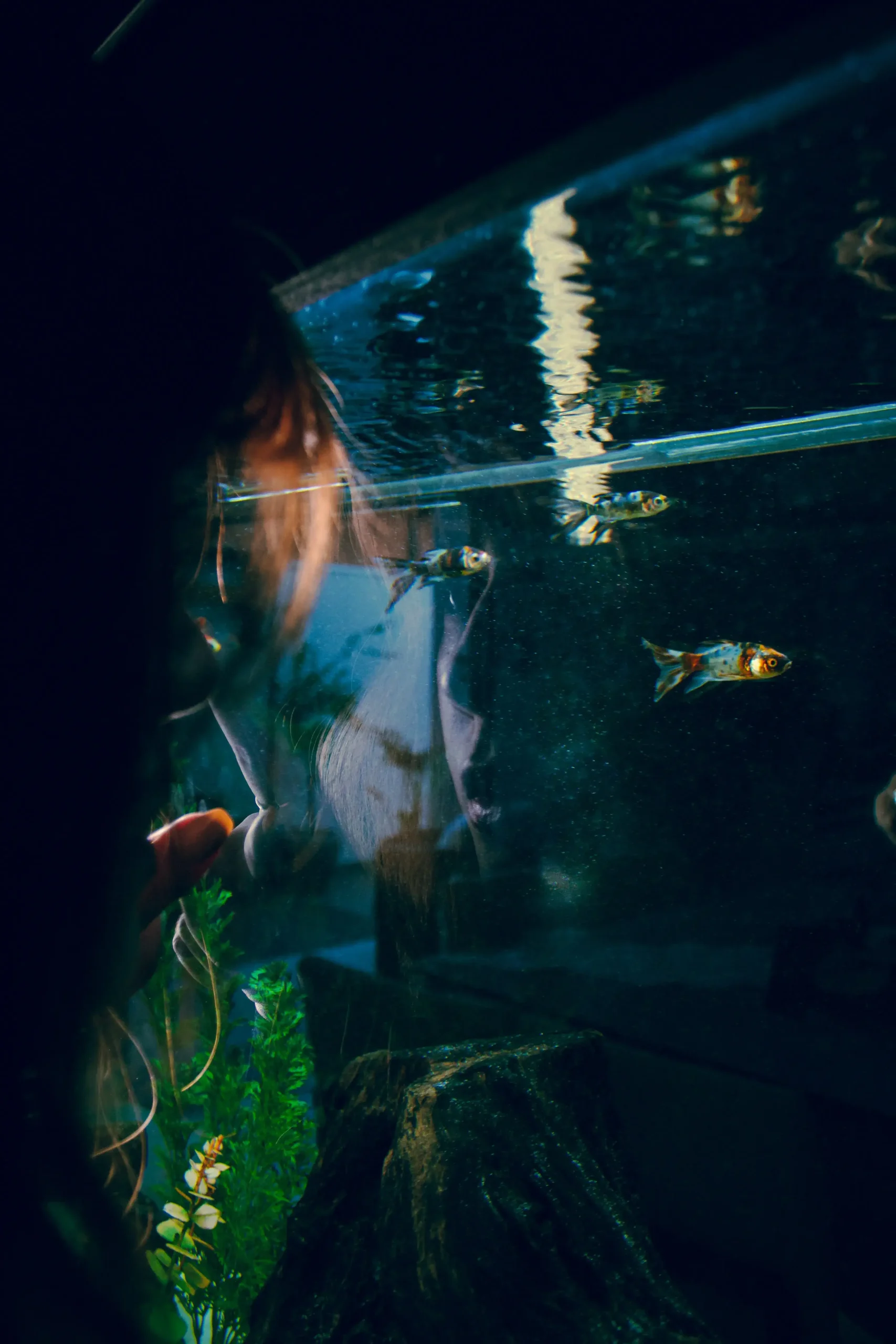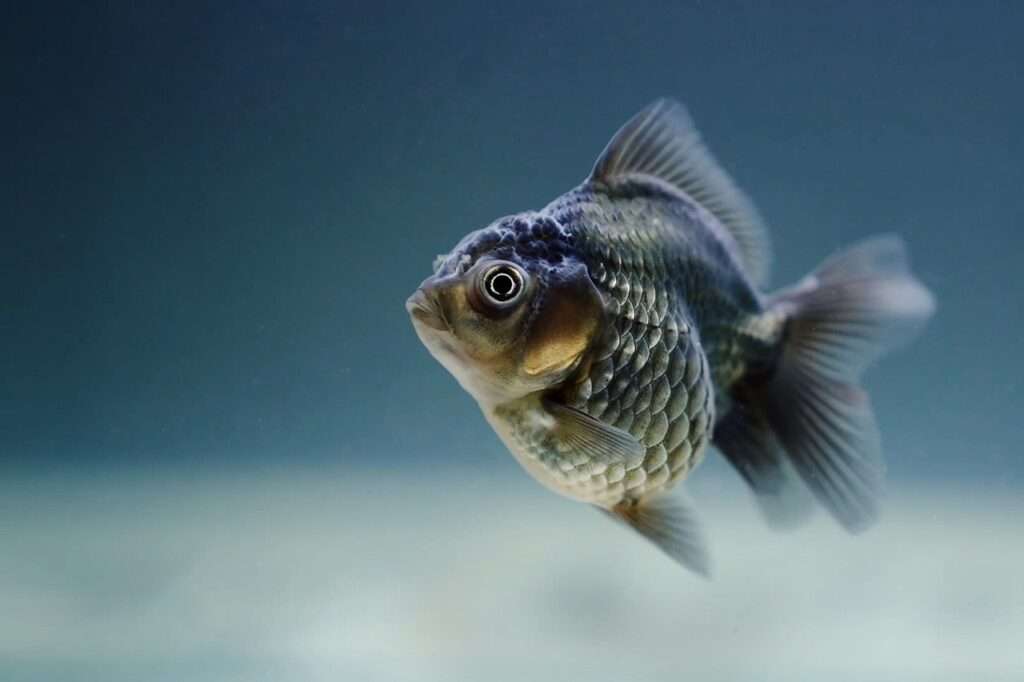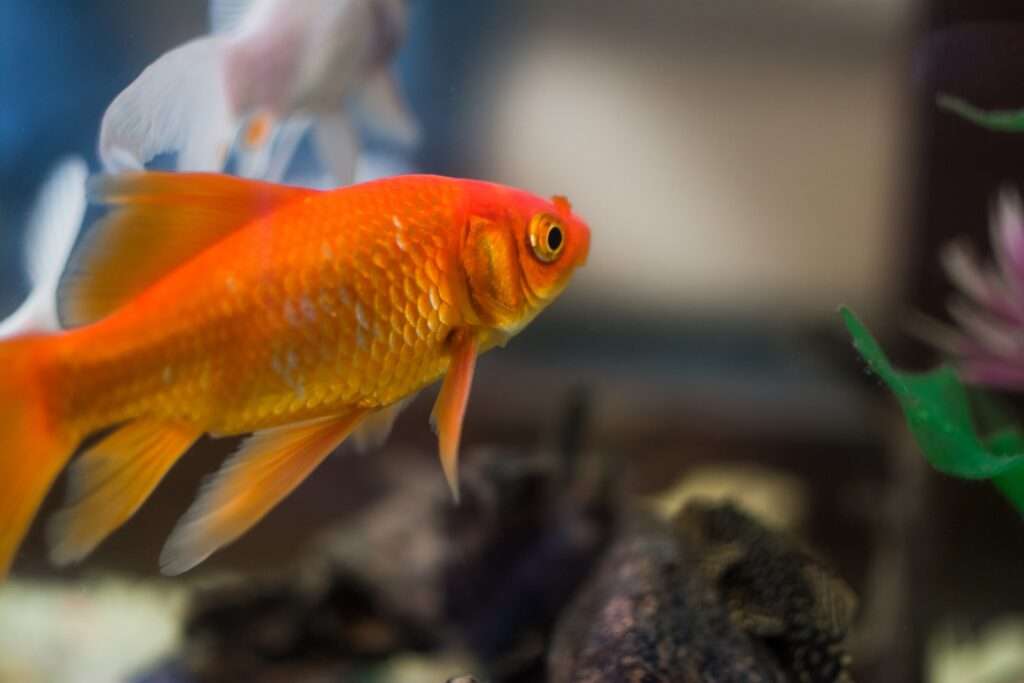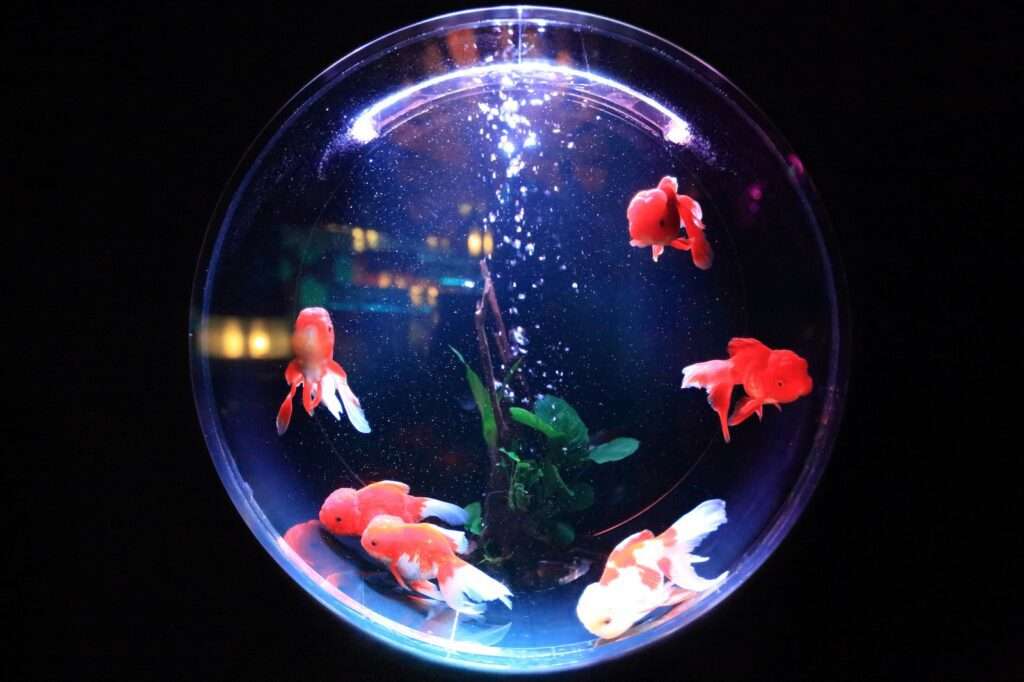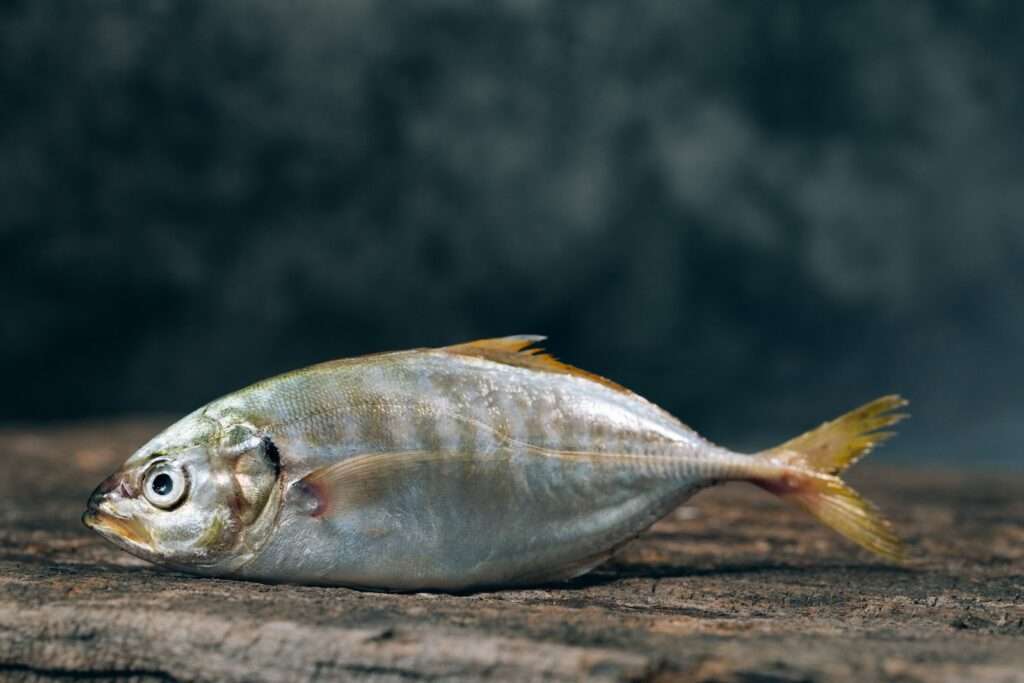Introduction:
Maintaining a healthy and stress-free environment for your fish is crucial for their overall well-being. One key aspect of ensuring a harmonious aquarium is establishing a routine for tank maintenance. In this article, we will guide you through the essential steps to maintain a routine that minimizes stress for your fish, and provide answers to frequently asked questions.
I. Understanding the Importance of Routine Maintenance
Routine maintenance is important for fish health because it helps to ensure optimal water quality, which is vital for their overall well-being. Regular tank maintenance minimizes the build-up of harmful substances such as ammonia and nitrites, which can be detrimental to fish health. Additionally, it helps to prevent the growth of harmful bacteria and parasites in the aquarium.
Regular tank maintenance also has benefits for fish behavior and stress reduction. Fish thrive in a clean and stable environment, and poor water quality can lead to stress and behavioral issues. By establishing a routine for tank maintenance, you can provide your fish with a consistent and stress-free habitat.
II. Creating a Tank Maintenance Schedule
When determining how often you should perform tank maintenance, you need to consider factors such as the size of your tank, the number and type of fish you have, and the filtration system you use. Generally, it is recommended to perform partial water changes on a weekly or bi-weekly basis, depending on the specific needs of your aquarium.
Consistency is key when establishing a routine for tank maintenance. Fish thrive in a stable environment, so it is important to stick to a regular schedule. This will help to minimize stress and provide your fish with a predictable and comfortable habitat.
III. Essential Steps for Maintaining a Stress-Free Routine
A. Regular Water Testing
Water quality is crucial for fish health. Regular water testing allows you to monitor the levels of ammonia, nitrites, nitrates, pH, and other parameters in your aquarium. Different fish species have different water parameter requirements, so it is important to research and maintain the appropriate conditions for your specific fish.
Using reliable test kits is essential for accurate and consistent results. Test your water regularly and make adjustments as needed to maintain optimal water quality for your fish.
B. Consistent Water Changes
Scheduled water changes are important for maintaining a healthy and stress-free environment for your fish. They help to remove accumulated waste, excess nutrients, and harmful substances from the aquarium. The appropriate volume and frequency of water changes depend on factors such as the size of your tank, the number of fish, and the water quality.
When performing a water change, it is important to take steps to minimize stress for your fish. Use a siphon or gravel vacuum to remove debris from the substrate, and gradually replace the water to avoid sudden changes in temperature and water chemistry.
C. Proper Filtration Maintenance
Filters play a crucial role in maintaining water quality by removing debris and harmful substances from the aquarium. Different filter types require different cleaning and maintenance techniques.
It is important to clean your filters regularly to prevent clogging and maintain their effectiveness. However, it is equally important to avoid common mistakes, such as cleaning the filter too frequently or using tap water that contains chlorine, which can harm your fish. Follow the manufacturer’s instructions and use dechlorinated water when cleaning your filters.
D. Monitoring and Adjusting Temperature
Temperature plays a significant role in fish behavior and health. It is important to choose the right heater and thermometer for your aquarium to maintain a stable temperature.
Regular temperature checks are essential to ensure that the water temperature remains within the appropriate range for your fish. Make necessary adjustments to the heater if needed to maintain a consistent temperature.
E. Regular Cleaning of Decorations and Substrate
Clean decorations and substrate contribute to the overall well-being of your fish. Regular cleaning helps to prevent the growth of harmful bacteria and algae, and provides a clean and comfortable environment for your fish.
When cleaning decorations and substrate, use safe cleaning methods and avoid using harsh chemicals or soap, as they can be toxic to your fish. Rinse them thoroughly with dechlorinated water to remove any dirt or debris.
IV. Frequently Asked Questions (FAQs)
Q1. How often should I feed my fish?
A1. The frequency and amount of feeding depend on the specific needs of your fish species. It is generally recommended to feed small amounts multiple times a day, rather than a large amount once a day.
Q2. Can I clean my aquarium with soap?
A2. No, using soap or any harsh chemicals is not recommended, as they can be toxic to fish. Use dechlorinated water and safe cleaning methods when cleaning your aquarium.
Q3. How can I prevent algae growth in my tank?
A3. Algae growth can be controlled by maintaining proper water parameters, reducing excess nutrients, providing appropriate lighting, and regular cleaning of decorations and substrate. You can also introduce algae-eating fish or snails to help control algae growth.
Q4. Is it necessary to quarantine new fish before introducing them to the main tank?
A4. Quarantining new fish is highly recommended to prevent the introduction of diseases or parasites to your main tank. It allows you to monitor and treat any potential issues before introducing the new fish to your established aquarium.
Q5. Can I use tap water for water changes?
A5. Tap water can be used for water changes, but it must be treated with a water conditioner to remove chlorine and other harmful substances. Using dechlorinated water is essential to maintain the health and well-being of your fish.
Conclusion:
Establishing a routine for tank maintenance is essential for maintaining a stress-free environment for your fish. By following a consistent schedule and incorporating the necessary steps, such as regular water testing, water changes, filtration maintenance, temperature monitoring, and decoration cleaning, you can ensure the well-being of your beloved aquatic companions. Remember, a well-maintained tank leads to happier, healthier fish.


